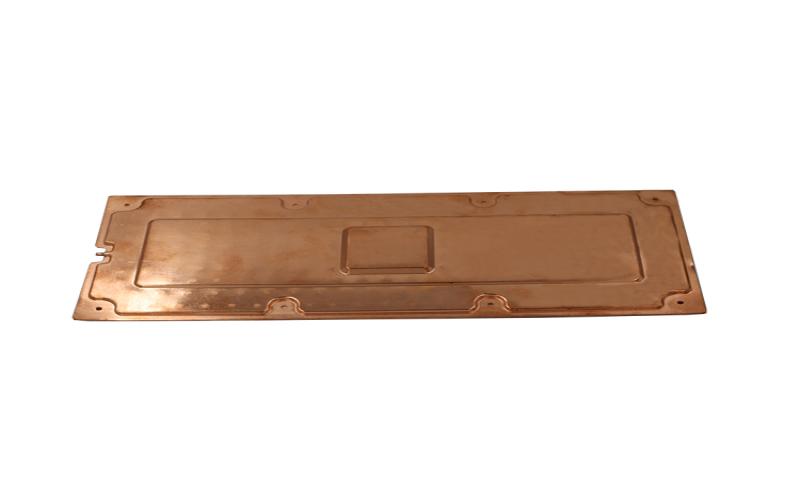The World of Cooling Chambers: A Comprehensive Guide
If you work in industries such as food production, pharmaceuticals, or electronics, you may be familiar with the term "cooling chambers." These specialized enclosures play a crucial role in various processes that require controlled cooling. In this article, we will explore the different types of cooling chambers and their applications. Let's dive in!
1. Refrigerated Cooling Chambers
Refrigerated cooling chambers are the most commonly used type, known for their versatility and efficiency. These chambers utilize a refrigeration system to cool the enclosed space to the desired temperature. They are widely used in industries where temperature control is crucial, such as food storage, medical research, and electronics manufacturing.
2. Cryogenic Cooling Chambers
When it comes to extreme cooling, cryogenic cooling chambers take the lead. These chambers use liquid nitrogen or other cryogenic gases to achieve extremely low temperatures, often reaching below -100 degrees Celsius. Cryogenic cooling chambers are commonly employed in scientific research, material testing, and cryopreservation of biological samples.
3. Walk-In Cooling Chambers
Walk-in cooling chambers are designed to accommodate larger items or batches of products that need to be cooled. These chambers have larger dimensions and are equipped with racks or shelves to optimize storage space. They are widely used in the food industry for quick cooling of large quantities of produce, dairy products, and meat.
4. Blast Freezing Chambers
Blast freezing chambers are specifically designed for rapid freezing of products. These chambers use powerful fans to circulate cold air at high speeds, enabling quick and uniform freezing. Blast freezing chambers are commonly used in the food industry to preserve the quality and freshness of perishable items like fruits, vegetables, and seafood.
5. Environmental Test Chambers
Environmental test chambers are versatile cooling chambers that allow users to simulate various environmental conditions. These chambers can control not only temperature but also humidity, air pressure, and even vibration. They are widely used in research and development, quality control, and testing of products in industries such as automotive, aerospace, and electronics.
6. Vacuum Cooling Chambers
Vacuum cooling chambers are a unique type of cooling system that utilizes the principle of evaporative cooling. These chambers create a low-pressure environment, causing water or other liquids to evaporate at lower temperatures, thus cooling the contents. Vacuum cooling chambers are commonly used in the food industry to cool delicate products like leafy greens, mushrooms, and bakery items.
7. Cleanroom Cooling Chambers
Cleanroom cooling chambers are designed to provide a controlled and sterile environment for cooling sensitive products. These chambers have advanced filtration systems to eliminate contaminants and maintain a clean atmosphere. Cleanroom cooling chambers are widely used in industries such as pharmaceuticals, biotechnology, and semiconductor manufacturing.
8. Industrial Cooling Tunnels
Industrial cooling tunnels are large-scale cooling systems used for continuous cooling of products on a conveyor belt. These tunnels have a series of cooling zones with different temperatures to meet specific cooling requirements. Industrial cooling tunnels are commonly used in the food and beverage industry for products like chocolates, baked goods, and beverages.
9. Portable Cooling Chambers
Portable cooling chambers, as the name suggests, are compact and mobile units that can be easily transported. These chambers are often used for temporary cooling needs or in locations where permanent cooling infrastructure is unavailable. Portable cooling chambers find applications in field research, medical emergencies, and outdoor events.
10. Ultra-Low Temperature Chambers
Ultra-low temperature chambers are designed to reach and maintain extremely low temperatures, typically below -80 degrees Celsius. These chambers are commonly used in scientific research, particularly in areas such as molecular biology, genetics, and material science. Ultra-low temperature chambers are crucial for preserving delicate samples and conducting precise experiments.

